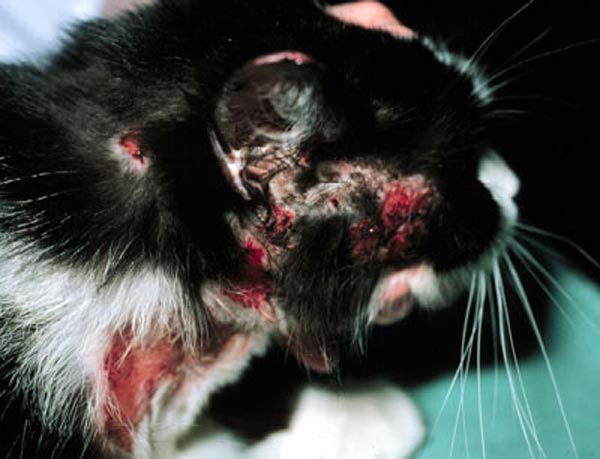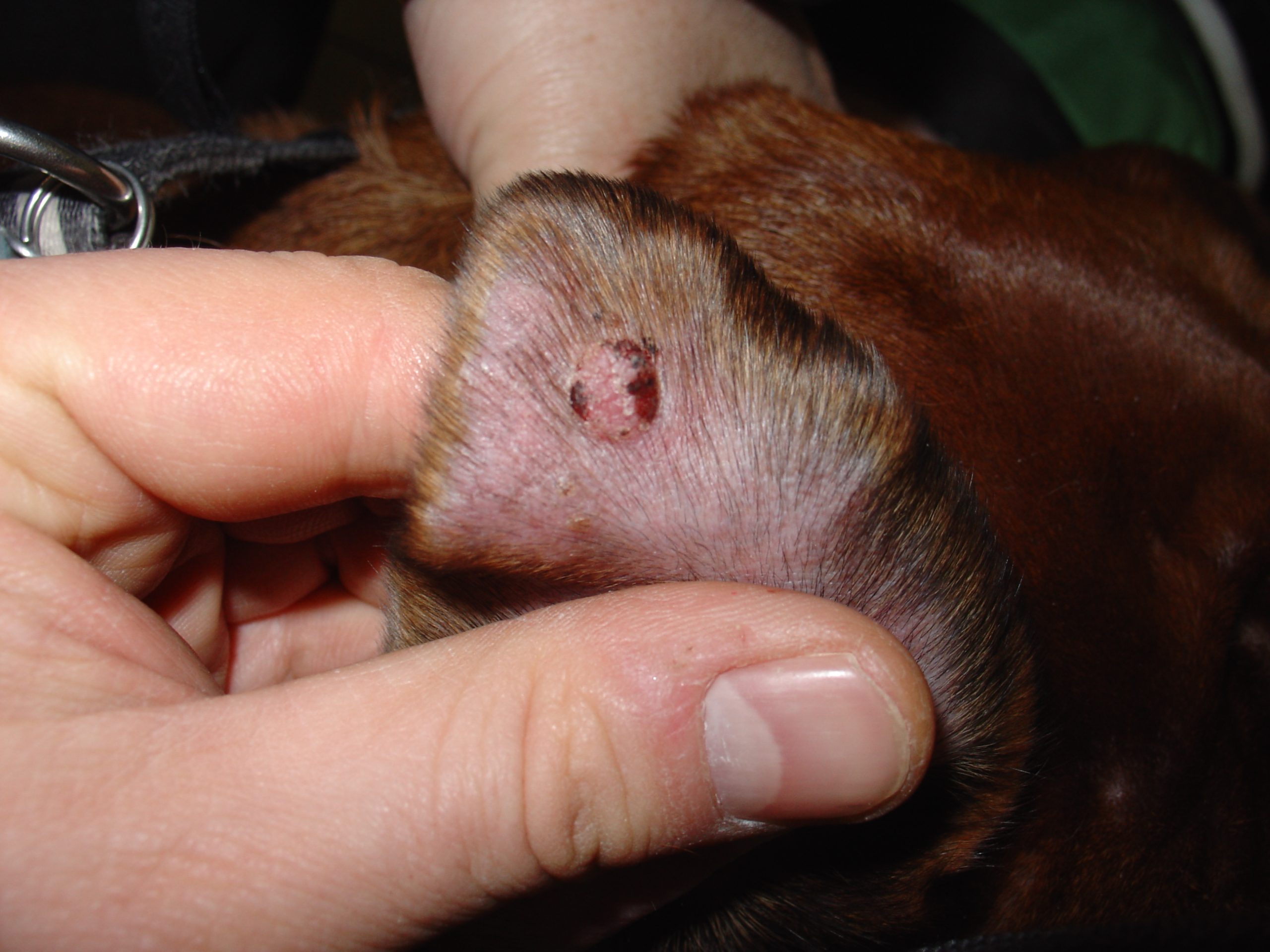Tag: pruritis
-

Immunotherapy in cats
—
by
Although “off-licence”, immunotherapy is well worth considering in our pruritic feline friends. Of course we need to rule out all other causes of pruritus first: Ectoparasites: As well as all the usual suspects, don’t forget Demodex can occasionally cause ventral alopecia and pruritus (that’s the funny flat form, not the cigar shaped one). Food allergies:…
-

Histiocytomas in dogs
—
by
Histiocytomas are common, benign skin tumours that begin in the immune cells. They usually present as small, firm, dome or button-shaped masses on the skin surface, which are fast growing, non-painful, and usually solitary. Common sites include the head, nose, ear edges, and limbs. Occasionally, multiple skin nodules or plaques are present. Rarely, an autoimmune…
-
Don’t forget allergen-specific immunotherapy in cats
—
by
Allergen-specific immunotherapy (ASIT) can be a useful tool in cats. I see a number of cats that, following parasite elimination and control – plus no response to dietary trial – remain pruritic. We use serological testing via our commercial laboratory and then order in the ASIT vial(s) according to the results. Although the efficacy of ASIT is…
-
Higher frequency passing stools can indicate adverse food reactions
—
by
While not exactly a major sign of food allergies, the number of times a day a patient passes stools can raise suspicion of the condition. Between 60% and 65% of dogs with adverse food reactions (AFR) have concurrent gastrointestinal disturbance (Paterson, 1995) and (Loeffler, 2004). Another study confirmed my impression dogs with AFR produce on average 3 stools…
-
Role of bacterial colonisation in allergic skin disease
—
by
As spring warms up, my own nose and sinuses have detected increasing pollen levels, and there’s been a corresponding increase in pruritic patients coming across the threshold. I think the role of pyoderma in allergic skin disease is well established and accepted. However, it is not uncommon to see dogs with no obvious skin lesions that are…
-
Check for Demodex gatoi in pruritic cats
—
by
Demodex gatoi is an unusual cause of pruritus in cats, but given the challenging nature of establishing a diagnosis in cats (Hobi et al, 2011) it is well worth ruling out this parasite as a possible cause (Moriello, 2015). Karen Moriello reports finding this more oval, rather than cigar-shaped, form of Demodex more frequently in…
-
Do we need diversity of a different kind?
—
by
There is an ever-present drum beat in the profession’s media, and that is of ever-improving standards and regulation; steadily increasing bureaucracy, compulsory CPD, increasing practice standards and the inspections and approvals and licences that come with them. All very well and good. I’m all for it; I’m just like you – always thinking how can I do this…